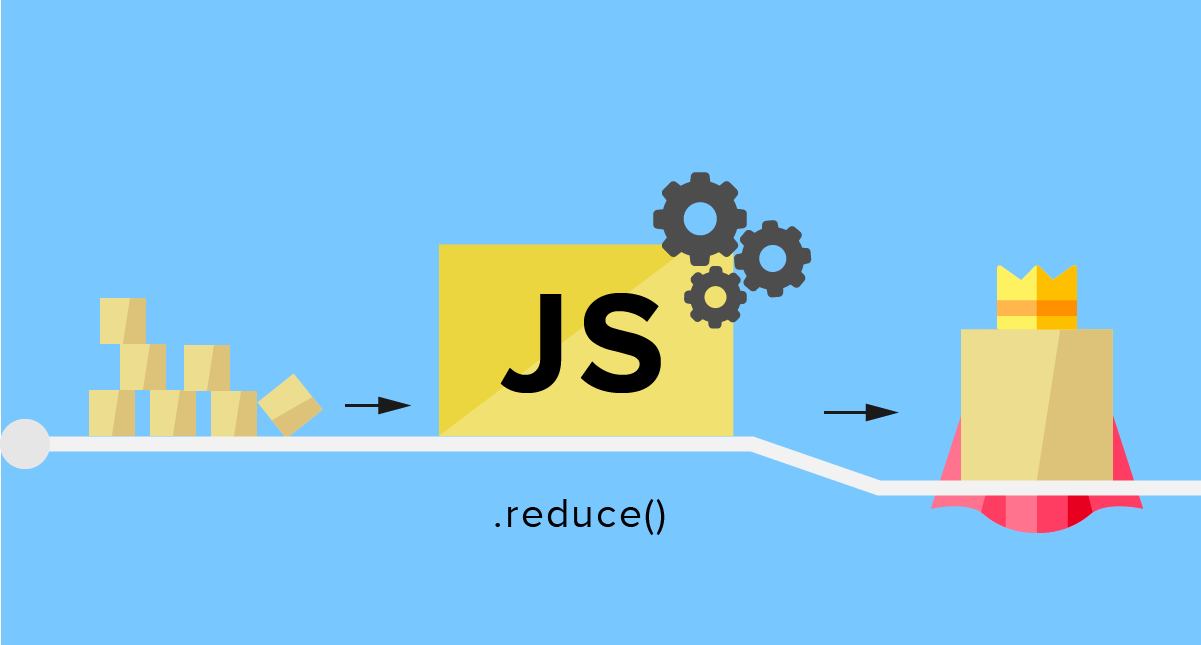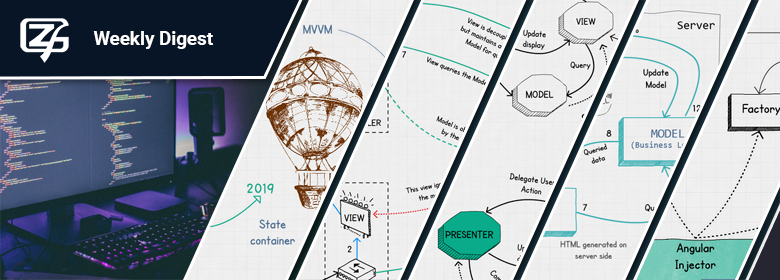Svelte Biweekly Digest (01/16 – 01/31)
Today we start to share with you the most exciting and noticeable Svelte community's content. Welcome to the article, comrades!


High-level, interpreted programming language. It is a language which is also characterized as dynamic, weakly typed, prototype-based and multi-paradigm
Today we start to share with you the most exciting and noticeable Svelte community's content. Welcome to the article, comrades!



Authorization is one of the first problems developers face upon starting a new project. And one of the most common types of authorization (from my experience) is the token-based authorization (usually using JWT).
From my perspective, this article looks like "what I wanted to read two weeks ago". My goal was to write minimalistic and reusable code with a clean and straightforward interface. I had the next requirements for my implementation of the auth management:



 It runs south and circles north, circling, circling to run with its wind
It runs south and circles north, circling, circling to run with its wind


const map = (transformFunction, array1) =>
array1.reduce((newArray1, xyz) =>
{
newArray1.push(transformFunction(xyz));
return newArray1;
},
[]
);
const double = (x) => x * 2;
const reverseString = (string) =>
string
.split('')
.reverse()
.join('');
map(double, [200, 300, 400]);
Output: [400, 600, 800]
map(reverseString, ['Hello Alka', 'I love cooking']);
// ['alkA olleH', ‘gnikooc evol I']

X=np.array([[0,1,1,0],[0,1,1,1],[1,0,0,1]])
y=np.array([[0],[1],[1]])
def sigmoid ():
return 1/(1 + np.exp(-x))
def derivatives_sigmoid ():
return x * (1-x)epoch=10000
lr=0.1
inputlayer_neurons = X.shape[1]
hiddenlayer_neurons = 3
output_neurons = 1
wh=np.random.uniform(size=(inputlayer_neurons,hiddenlayer_neurons))
bh=np.random.uniform(size=(1,hiddenlayer_neurons))
wout=np.random.uniform(size=(hiddenlayer_neurons,output_neurons))
bout=np.random.uniform(size=(1,output_neurons))




